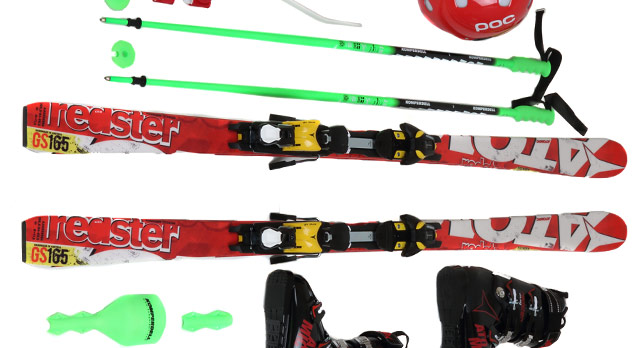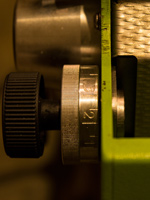A Brief History of Ski Tuning

The FIS World cup racing season is now well and truly under way with a strong start from Marcel Hirscher (overall winner for the last three seasons). He is currently sitting in second in the overall standings with Tina maze leading the way for the women after the last Super G event in Lake Louise.
Over the years better coaching, youth development programs, dieticians, psychiatrists and physical trainers have produced better racers and squeezed the margins between missing the top ten and the success of making it onto the podium. Racers are working harder than ever for that extra tenth off their run and one of the avenues racers and their teams often turn to is their equipment.
This blog aims to briefly review how tuning techniques and practices, in the often secretive world of World Cup racing, have come in and out of favour and progressed to today's high standard.
1970's
Ski technology - Small bits of Kevlar and carbon fibre begin to get mixed into fibreglass construction to better vibration dampening and stiffness. In addition sintered bases begin to show their benefits over extruded and become to go to base material.
Tuning - With the introduction of sintered bases competitors use of wax changed to include more additives in the wax mix for greater speed.

1980's
Ski technology – Skis were still long and straight, although companies had still been developing the skis internally making the back of skis stiffer helping racers sling shot out of turns.
Tuning- Different densities of sintered bases are tested through speed traps with the same wax on them all to determine which ski will perform best in certain conditions. The softer the base the more wax it can absorb and provide a better hydrophilic layer between the base and the snow (good in warm conditions). The harder the base the better it is a resisting abrasion from sharp ice crystals better in cold conditions.

1990's
Ski technology - Deep side cuts (thin waist skis) were introduced to help racers compete on courses with bigger turns. The deeper sidecuts allowed large and powerful bodied racers to perform agile turns previously only executed by smaller nimble competitors.This design (of thin waist with fat tip and tail skis) would filter down into commercial production with Elan producing one of the first ever easy carving skis.
Tuning - Some of the larger racers were now able to reduce the tip edge angle of their skis (increasing stability and speed) whilst still turning on a dime.


2000's
Ski technology - Deep sidecut designs championed by Bodie Miller and K2 with the 'No 4' ski in the 1990's continued into the 2000's.
Tuning - Ski companies continue to test base patterns and wax mixture combinations to best match the conditions. Whispers of nano technology being used in wax to further enhance hydrophobic properties emanate from racing circles, although ski/wax companies continue to deny its existence.
2010's

Ski technology - concern for racer safety caused the FIS to issue rule changes on Giant slalom skis. Skis had to be straighter and longer. This favoured the older style of turning; another by-product of this is that the skis now deliver less power out of turns.
Tuning - As a result of longer skis and shallower sidecuts racers altered their tip edge angles to help them initiate turns.






